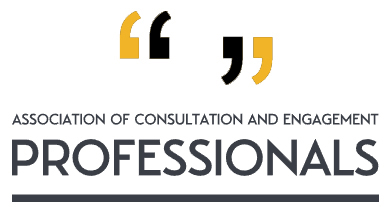Many people would describe change management as a linear process – a curve of denial, frustration, depression and eventual integration. However, consultation and engagement professionals will know first-hand that change has many more layers. Good change management will take perspectives into account – what is a good change? what is a bad change?
Consequently, taking time to understand the change process during the planning of it can be of real value. For example, a “theory of change” is a method that explains how a given intervention (or set of interventions) are expected to lead to a specific development change by drawing on a causal analysis based on available evidence. Essentially, it starts with an identification of what is needed for a required change. Better still, this theory can be assembled consultatively.
We’d argue there is an even simpler preparation. This is based on the idea that change is a spectrum. Change mapping can therefore consider a range of perspectives from the most negative to most positive consequences. Basically, working backwards into impact assessment.
A timely narrative about different perspectives comes in the form of this article about the Blackpool (Cork) Greenway . The community in Blackpool is divided, between business traders who are constantly flooded, and some environmentalists who have objected to a culvert.
A recent legal challenge by campaign group “Save Our Bride Otters” forced the government to concede on its plans due to inadequate public consultation, particularly around the range of presented options. The Department of Public Expenditure and Reform (DPER) concluded that the best course of action “is to afford the opportunity to consider further certain aspects of the scheme and to consult again with the public in terms of its views on the environmental impacts of the scheme”.
It’s not the first time that inadequate option development has been the focus of scrutiny. For that, we can highly recommend the online optioneering platform. Yet this legal challenge feels like a technicality – it may help to find a more amicable solution but does not overcome divisions in public perception around the protection of wildlife versus protection of livelihoods.
Could change mapping have helped exposed the different perspectives and prevented a judicial review by exploring more amicable options? Next time you’re tasked with a consultation or engagement project, at least ask this question – “What is the root cause of this proposed change?”. The answer may be less clear than you’d hoped.

